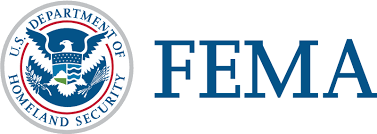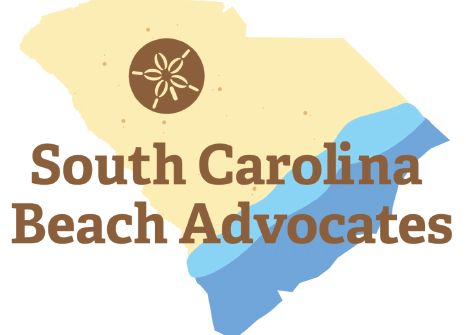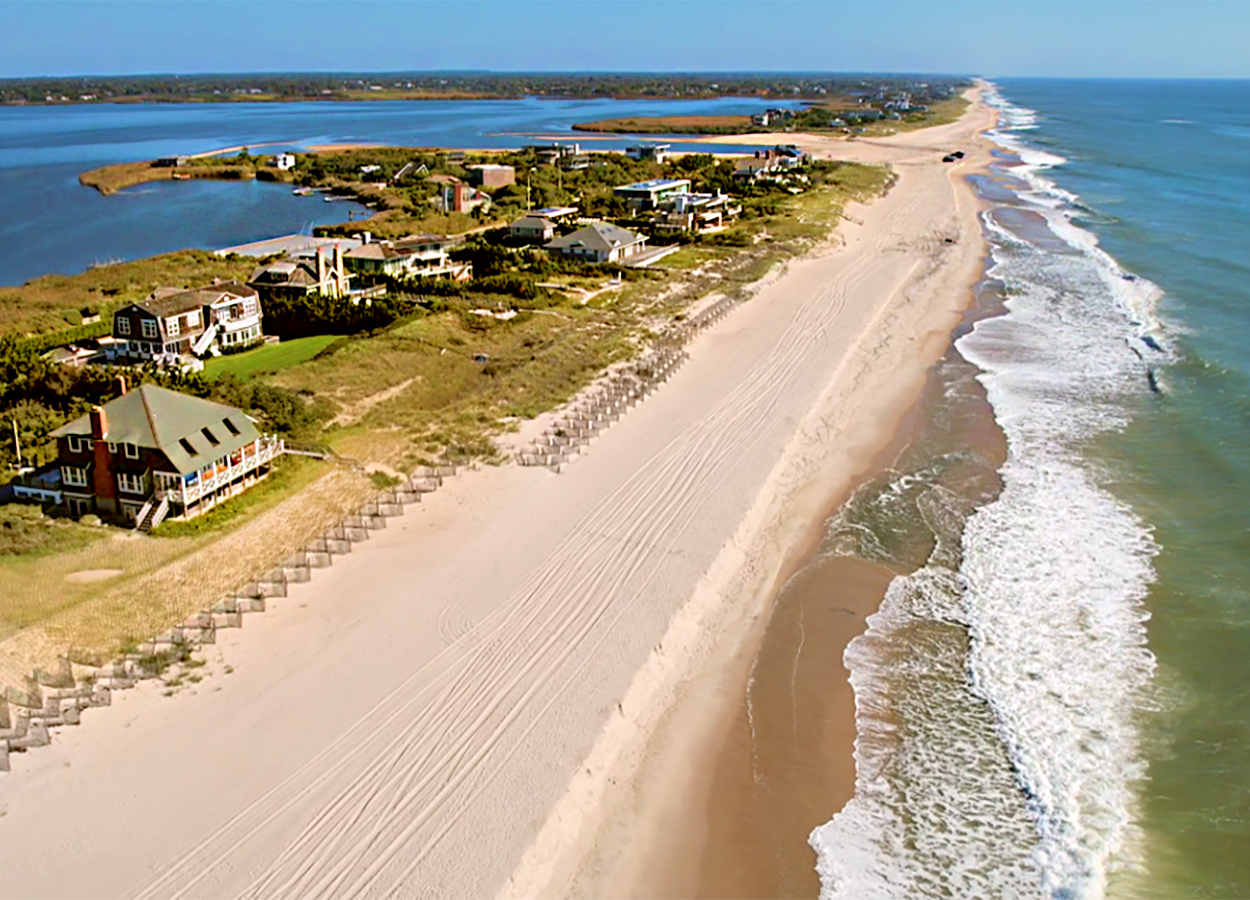 The Federal Emergency Management Agency (FEMA) recently announced two grant programs for Flood Mitigation Assistance (FMA) and Building Resilient Infrastructure and Communities (BRIC). These are funding sources all coastal communities should consider.
The Federal Emergency Management Agency (FEMA) recently announced two grant programs for Flood Mitigation Assistance (FMA) and Building Resilient Infrastructure and Communities (BRIC). These are funding sources all coastal communities should consider.
The FMA grant program funds states, local communities, tribes, and territories to reduce or eliminate the risk of repetitive flood damage to buildings and structures insured under the National Flood Insurance Program (NFIP). For Fiscal Year 2021, FEMA will distribute up to $160 million through the FMA for Community Flood Mitigation Projects to address community flood risk to reduce NFIP flood claim payments. Federal funding is available for up to 75% of the eligible activity costs, but FEMA may contribute up to between 90% and 100% of costs for properties defined as Severe Repetitive Loss or Repetitive Loss.
The BRIC grant program funds the same entities for hazard mitigation activities designed to incentivize risk reduction activities that mitigate public infrastructure vulnerability, incorporate nature-based solutions and enhance climate resilience and adaptation, among other goals. For Fiscal Year 2021, FEMA will distribute up to $1 billion through the BRIC program. Generally, the cost share for this program is 75% federal and 25% non-federal. However, economically disadvantaged rural communities are eligible for a cost-share of 90% federal and 10% non-federal.
The application period closes on 28 January 2022. While local governments and individual communities may apply for grants, they must be listed as sub-applicants co-signing with their relevant state emergency management office. Private properties are also allowed to participate under certain conditions.
Improving coastal resilience – the ability of a community to ‘bounce back’ after hazardous events – is a key recommendation of the Intergovernmental Panel on Climate Change (IPCC) and preeminent science and engineering groups.1 For coastal communities, this means adapting and building for higher sea levels, more intense storms, and greater rainfall. The primary question for every community is what specifically will be the most effective and affordable strategy?
CSE has outlined some general approaches to answering this question (CSE SLR update). We can also provide resources to help your community define your vulnerability and help you prioritize mitigation solutions. Information on the programs is available at the following website:
FEMA Opens Application Period for $1.16 Billion in Hazard Mitigation Grants
REFERENCE
- The Intergovernmental Panel on Climate Change was formed by the United Nations to provide regular assessments of the scientific basis of climate change, its impacts and future risks, and options for adaptation and mitigation. The panel currently has 195 members from around the world, with dozens of additional scientists making contributions to each report.




